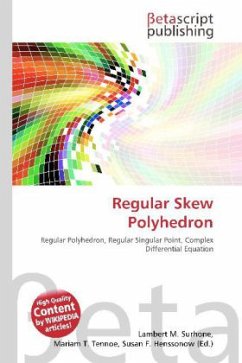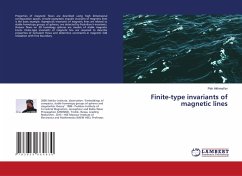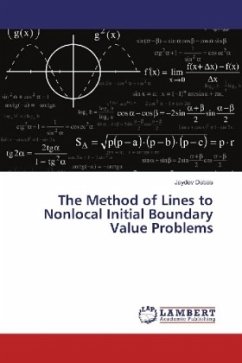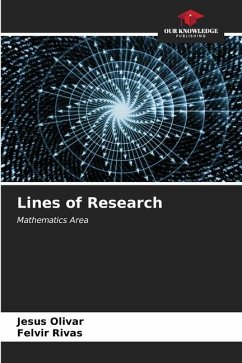
Skew Lines
Versandkostenfrei!
Versandfertig in 6-10 Tagen
19,99 €
inkl. MwSt.

PAYBACK Punkte
10 °P sammeln!
High Quality Content by WIKIPEDIA articles! If each line in a pair of skew lines is defined by two points, then these four points must not be coplanar, so they must be the vertices of a tetrahedron of nonzero volume; conversely, any two pairs of points defining a tetrahedron of nonzero volume also define a pair of skew lines. Therefore, a test of whether two pairs of points (a,b) and (c,d) define skew lines is to apply the formula for the volume of a tetrahedron, V = (1/6)· det(a b, b c, c d) , and testing whether the result is nonzero. If four points are chosen at random within a unit cube, ...
High Quality Content by WIKIPEDIA articles! If each line in a pair of skew lines is defined by two points, then these four points must not be coplanar, so they must be the vertices of a tetrahedron of nonzero volume; conversely, any two pairs of points defining a tetrahedron of nonzero volume also define a pair of skew lines. Therefore, a test of whether two pairs of points (a,b) and (c,d) define skew lines is to apply the formula for the volume of a tetrahedron, V = (1/6)· det(a b, b c, c d) , and testing whether the result is nonzero. If four points are chosen at random within a unit cube, they will almost surely define a pair of skew lines, because (after the first three points have been chosen) the fourth point will define a non-skew line if, and only if, it is coplanar with the first three points, and the plane through the first three points forms a subset of measure zero of the cube.












